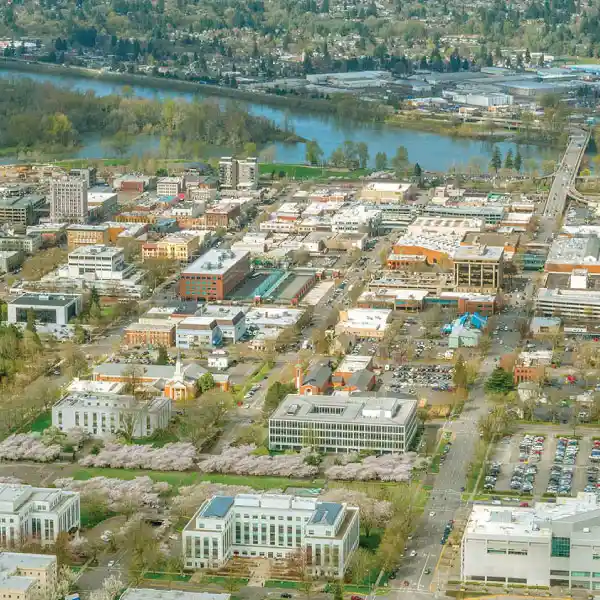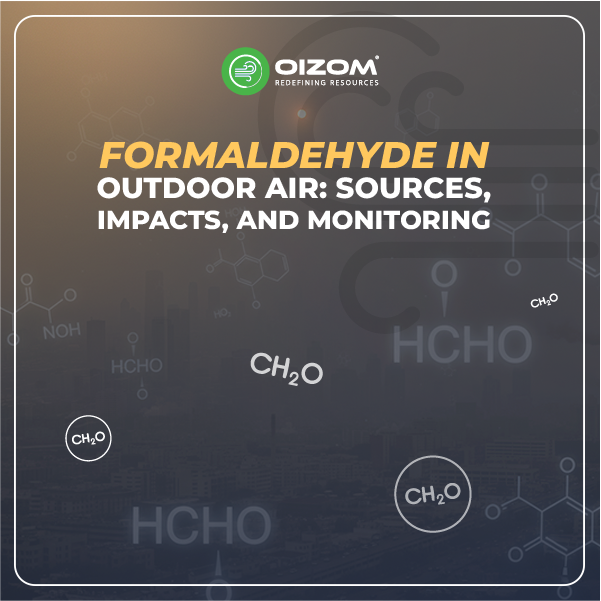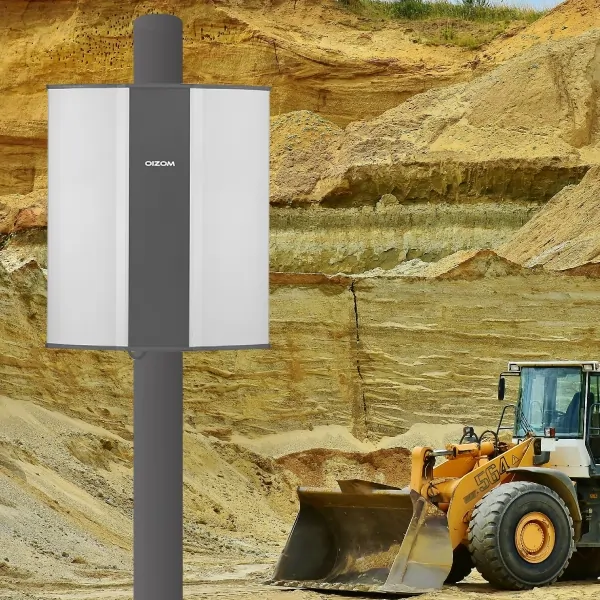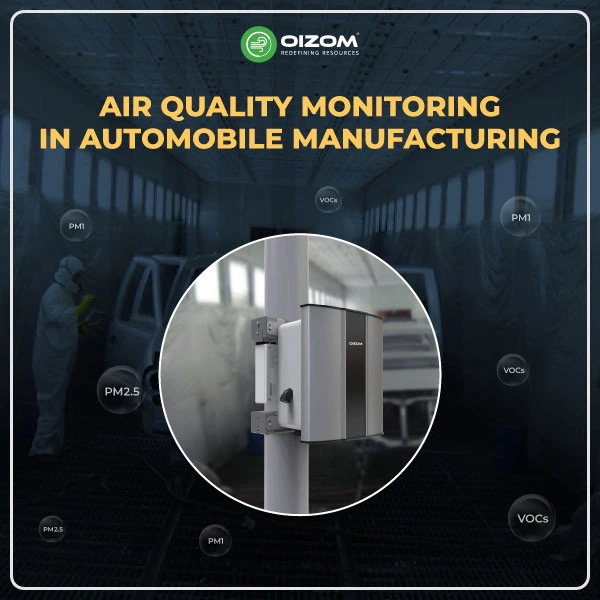Salem, situated in the Willamette Valley of Oregon, historically enjoyed crisp, clean air. With its rich heritage and culture, this enchanting city has seen substantial transformations over the decades, with a marked emphasis on its atmospheric conditions.
During the earlier decades, Salem’s residents often indulged in outdoor activities, with children playing in parks and the elderly taking serene evening walks. The air was so pure that residents could feel it cleansing their lungs with every breath they took, feeling the rejuvenating effects of nature in its purest form. Health concerns related to respiratory conditions due to pollution were almost unheard of.
However, as Salem underwent urbanisation, it began facing the modern challenges that accompany growth. From an increased number of vehicles plying its roads to establishing industries in its vicinity, the introduction of varied pollution sources gradually affected Salem’s once pristine air quality. As time progressed, these factors cumulatively contributed to a change in the city’s atmospheric conditions. The clean, rejuvenating air has sometimes given way to days where a haze dominates the skyline, and residents are advised to remain indoors.
This transformation raises vital questions: What led to this change? How has the progression of time influenced the city’s environmental conditions? And most importantly, what can be done to reclaim the purity of Salem’s air?
Overview of Air Quality in Salem, Oregon
Nestled in the heart of Oregon, Salem’s geographic location between the Cascade Mountains to the east and the Coastal Range to the west initially acted as a protective barrier, shielding it from significant pollutant sources. This topography allowed for efficient air circulation, rapidly dispersing contaminants and preserving the city’s air quality.
But as the 21st century approached, with globalisation in full swing, Salem started experiencing growth in multiple sectors. The late 1990s and early 2000s tech boom brought many professionals to the region. With this, there was a surge in transportation demands, leading to increased vehicular emissions.
Furthermore, in its bid to cater to its growing population, the city saw an uptick in construction activities. These, while crucial for development, released significant amounts of dust and other particulates into the atmosphere. In addition, several industries, keen on tapping into Salem’s burgeoning economy, established their bases in the city’s outskirts. While many adhered to environmental guidelines, cumulative emissions from multiple sources began taking a toll.
A significant contributor to this changing scenario has been the increase in the frequency and intensity of wildfires in the region. The Pacific Northwest, of which Oregon is a part, has become a hotspot for such fires, primarily due to changing climate patterns and human activities. Salem, due to its location, often finds itself at the receiving end of smoke and particulates from these fires, exacerbating its air quality challenges.
Salem's Air Quality History
The 1970s and 1980s marked a golden era for Salem regarding its air quality. Clear skies and a healthy environment characterised these decades. Residents often reminisce about the days when morning fog, a natural occurrence due to Salem’s location in the Willamette Valley, was the only concern, and it, too would dissipate as the sun made its ascent.
The city was then home to a tight-knit community where everyone knew everyone, and life was unhurried. Vehicular traffic was sparse, with many residents preferring bicycles or walking as their primary mode of transport. Industries, though present, were few, and stringent regulations ensured minimal emissions.
Then as the 1990s dawned, changes were afoot. Salem began attracting attention as a potential hub for technological and industrial growth. The influx of companies and professionals changed the city’s dynamics. With this came increased vehicular traffic, leading to heightened emissions. The establishment of new industries, while providing employment opportunities also contributed to the city’s changing air quality dynamics.
Wildfires, a rare occurrence in earlier decades, began to make their presence felt. Forested regions, which were once considered buffers, occasionally turned into sources of pollutants as fires raged, sending plumes of smoke towards Salem.
The challenge now is to acknowledge this history, understand the factors at play, and take steps towards ensuring that Salem’s future air quality narrative is one of rejuvenation and hope.
What changed the air quality in Salem, Oregon, in the past?
To comprehend Salem’s evolving air quality, dissecting the myriad factors that have played pivotal roles over the years is imperative. The technological revolution of the late 20th century brought a cascade of changes. As industries thrived and the tech sector burgeoned, Salem saw an influx of a younger, tech-savvy population. This boom inevitably led to a spike in transportation demands, with personal cars becoming a symbol of convenience and, for many, status. As roads became congested, vehicular emissions started becoming a daily concern.
The urban sprawl, an often-underestimated factor, also made its mark. As Salem expanded its borders to accommodate its growing populace, green patches that acted as the city’s lungs were replaced with concrete structures. While urban planning did incorporate green spaces, it couldn’t entirely replicate the vast natural buffers that once stood.
Construction activities surged during this period of expansion. Materials like cement, asphalt, and others release fine particulates into the air. Moreover, the machinery employed, unless regularly maintained, became a source of noxious emissions.
But nature, too, threw its curveballs. Changing global climate patterns, partly exacerbated by human activities worldwide, led to unpredictable weather in the region. Summers became drier, making the land more susceptible to fires. Forests that once acted as barriers to pollution now, on unfortunate occasions, become its sources. Wildfires, with their ability to cover vast areas, released large volumes of smoke, ash, and particulates, dramatically impacting Salem’s air quality in short timeframes.
Wildfires and Salem's Air Quality
The poignant image of a fiery orange sky, with the sun struggling to pierce through the haze, has sadly become synonymous with many parts of the Pacific Northwest, Salem included. The genesis of these wildfires often lies in a combination of human activities, like unattended campfires or discarded cigarettes, and natural events, including lightning strikes. However, the intensity and frequency of these fires have been accentuated by drier conditions, a consequence of global climate change.
When a wildfire engulfs an area, it’s not just the trees and underbrush that burn. Everything in its path, including homes, vehicles, and even industrial areas, can contribute to the smoke. This amalgamation results in a complex cocktail of pollutants, including carbon monoxide, volatile organic compounds, and fine particulate matter, to name a few.
For Salem, its geographical positioning means that it bears the brunt of these emissions under specific wind conditions, even if the fires are miles away. Residents, particularly vulnerable groups like children, the elderly, and those with pre-existing health conditions, are at heightened risk. Hospital admissions often see a spike during these periods, with respiratory conditions being a primary concern.
The interplay between wildfires and urban emissions further compounds the issue. On days when wildfire smoke engulfs the city, existing urban pollutants can become trapped, leading to a scenario where the air quality deteriorates rapidly.
Real-time Salem air quality ranking
In this era of instantaneous information, Salem’s residents need not be in the dark about their immediate environment. Solutions like those offered by Oizom provide real-time data on air quality, giving individuals the power to make informed decisions.
By leveraging advanced technology, Oizom’s monitoring systems detect many pollutants, giving a comprehensive view of the air quality. Residents can access this data via user-friendly apps or online portals. Such real-time feedback becomes especially vital during unforeseen events like wildfires, where air quality can oscillate rapidly.
Moreover, strategically placed across the city, these monitoring systems can provide invaluable data to researchers and policymakers. Recognising patterns, predicting potential problem days, and implementing countermeasures can be streamlined with such a wealth of data at one’s disposal.
How to protect from air pollution in Salem, Oregon?
While macro-level solutions and policies are essential, individual proactive measures can significantly safeguard one’s health.Limiting Outdoor Activities: Awareness is paramount. On days when the air quality index suggests unfavourable conditions, it’s prudent to limit one’s exposure. Activities like jogging, cycling, or walking can be rescheduled for clearer days.
Use Air Quality Masks: A quality mask, especially those rated N95 or higher, can be a lifesaver. Such masks are designed to filter out most harmful particles, providing a protective barrier.
Monitor Wildfire Alerts: Modern technology offers tools like apps or SMS alerts that provide timely wildfire updates. These can give residents a lead time to prepare and take necessary precautions.
Reduce Indoor Pollution: While outdoor pollution often garners attention, indoor air quality is equally vital. Regular cleaning, avoiding tobacco smoke, and using eco-friendly household products can go a long way in ensuring a healthy indoor environment.
The remaining sections would delve into specific measures, technological solutions, and the way forward for Salem. The collective effort of residents, policymakers, and businesses, backed by technology and awareness, can chart a path towards cleaner, healthier air for Salem.
Use Air Purifying Plants
Mother Nature herself has provided solutions to mitigate indoor air pollution. Several plants act as natural air purifiers, filtering out common volatile organic compounds (VOCs) and other pollutants. Some of the recommended plants for this purpose include:
Spider Plant: Known for its resilience, it is adept at removing pollutants such as benzene, formaldehyde, carbon monoxide, and xylene.
Peace Lily: An attractive choice for homes and offices, Peace Lilies can filter out pollutants like ammonia, benzene, and formaldehyde. However, they should be kept out of reach of pets, as they can be toxic when ingested.
Boston Fern: This plant removes formaldehyde and xylene and thrives in humid environments, making it an excellent choice for bathrooms.
Individuals can create green sanctuaries that boost aesthetics and enhance indoor air quality by strategically placing these plants around homes and offices.
Stay Hydrated and Maintain Good Health
The importance of good health in combating the effects of air pollution cannot be overstated. A robust immune system is better equipped to fend off respiratory ailments that might arise due to pollutants.
Hydration: Drinking ample water helps flush out toxins from the body, aiding in the removal of any contaminants that might have been ingested. Water also keeps the respiratory tract moist, reducing the risk of irritation from pollutants.
Diet: Consuming a balanced diet rich in antioxidants can counteract the oxidative stress caused by certain pollutants. Foods such as berries, nuts, and green leafy vegetables should be staples.
Exercise: Regular exercise boosts overall health, enhancing lung capacity and ensuring optimal respiratory system functioning. However, during days of poor air quality, it’s best to exercise indoors.
Monitoring Air Quality in Salem
Vigilance is paramount in ensuring that Salem regains its pristine air quality. While individual efforts are commendable, a systemic approach is necessary for sustainable results. Here, technological solutions like those offered by Oizom play a crucial role.
With their state-of-the-art air quality monitors, Oizom provides a granular view of Salem’s atmospheric conditions. These monitors, designed to detect even trace amounts of pollutants, offer real-time insights, allowing for timely interventions. Patterns can be discerned by leveraging cloud computing and AI, helping policymakers formulate targeted strategies.
For residents, the convenience of accessing this data through Oizom’s platforms ensures they’re always informed, enabling them to make lifestyle choices that prioritise their health.
Conclusion
Salem’s tryst with air quality is a tale of changing times, replete with challenges and opportunities. While factors like urbanisation and climate change have posed threats, the resilience and adaptability of its residents shine through. By marrying traditional wisdom with modern technology, as epitomised by solutions like Oizom’s monitors, Salem stands on the cusp of an era where clean, pure air isn’t just a nostalgic memory but a present-day reality.
Contact Oizom to know how you can take advantage of advanced technologies to add sustainability to your place.
FAQs
Salem's smoke issues primarily stem from the increasing frequency and intensity of wildfires in the Pacific Northwest. Depending on wind conditions, smoke from these fires can blanket Salem, leading to hazy conditions.
While Salem might not be at the epicentre of large forest fires, its location in the Pacific Northwest and the increasingly dry conditions make it susceptible to wildfires originating in nearby regions.
Absolutely. While air quality concerns, primarily due to external factors like wildfires, arise occasionally, Salem offers a high quality of life, rich culture, and ample amenities. Proactive measures, awareness, and technological interventions ensure that residents remain safe and well-informed.
With technology, community awareness, and systemic measures, Salem's journey towards cleaner air is well underway. The future, with collective effort and dedication, promises clearer skies and healthier lives.






